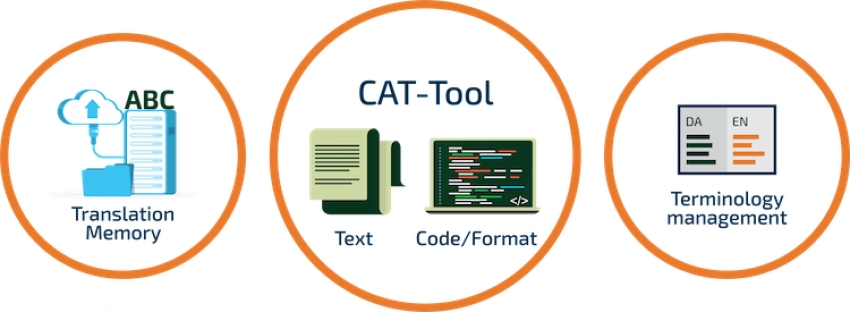
On 29 July 2021, I joined a group of fellow editors and translators to follow this SENSE workshop given by experienced CAT tool trainer Angelika Zerfass, who joined us online from her office in Germany.
Her workshop started with an introduction to terminology management before moving on quickly to some very practical points: the amount of time you need (or want) to spend on this aspect of your work, how to tackle extracting terms from text, how to structure your data, the useful metadata to include, advanced tips for using Excel, and much more.


During her introduction, Angelika first stated the old adage ‘terminology is WORK’ – which is true whether you’re a multilingual or bilingual translator, or a monolingual editor. Her second essential point was that a system or database only becomes truly useful once it reaches a certain size. The tipping point of the number of hours put into building up your database versus when it becomes really useful to you will be different for everyone, but it’s certainly something to be aware of if you don’t have any system in place yet. Nevertheless, having some means of standardizing your output (per client/per topic/per document or publication) is strongly recommended for all text workers.
She then went on to tell us that the way in which you tackle your terminology management can depend on whether you adopt the viewpoint of a terminologist or of a user. For most SENSE members, practical issues will determine what you want from a terminology tool and how you can best structure it. This means starting by defining what you want to use your term database for. For example, for translators, terms cannot always be managed on a one-to-one basis, so it’s necessary to include fields for examples of their use and explanatory phrases.
Angelika went through some of the software tools that can be used for extracting terms (see list below). Some are free. She noted that the metadata you include with a term can prove essential in helping you decide on whether to use it in a certain setting. Metadata can include fields for source, reliability, dates for entry or added comments, examples of use, whether it’s required by a particular client, and for marking ‘forbidden’ terms or false friends.
Finally, Angelika summarized her points and noted that term lists and term databases are both useful and important for maintaining the quality of your work. And they will become even more important for improving or checking machine translation output!
Personally I found it interesting to see how these tools are developing, how well they interact with MS Word, and what one can use them for (having started my career with piles of dictionaries and a notebook next to my paper texts). For any language professional I think it’s essential you have some way of ensuring consistency between your texts and for individual clients. If you aim to work another five years or more, it’s certainly worth investing the effort to compile your own databases.
Terminology Extraction ToolsConcordance tools Term extraction tools / components of translation memory tools
Web-based term extraction
Check also: |